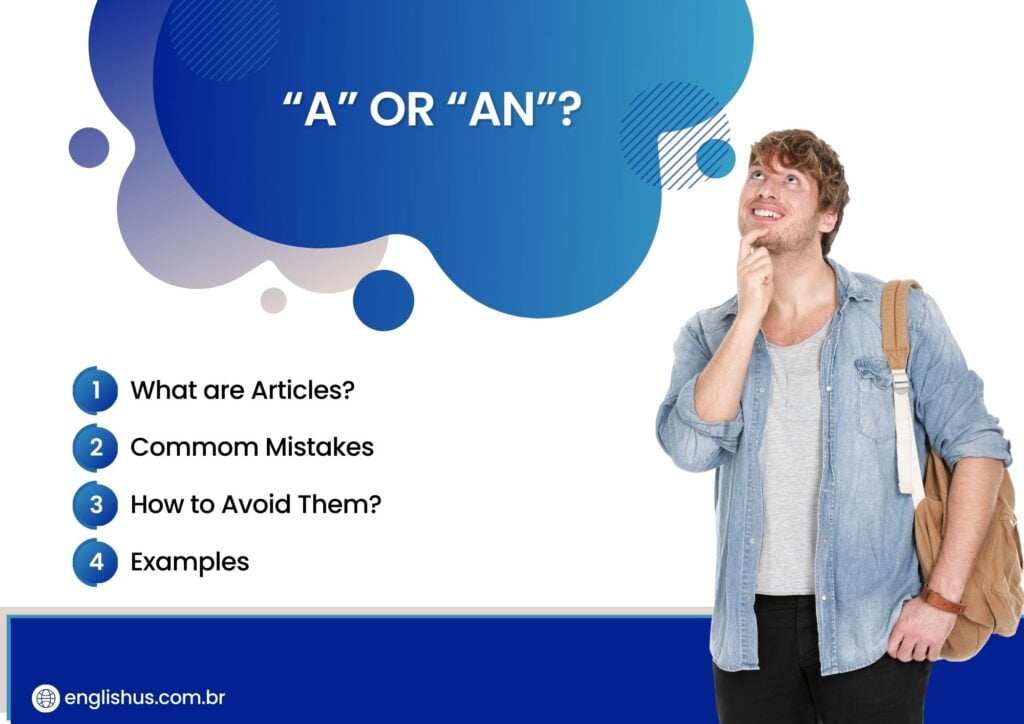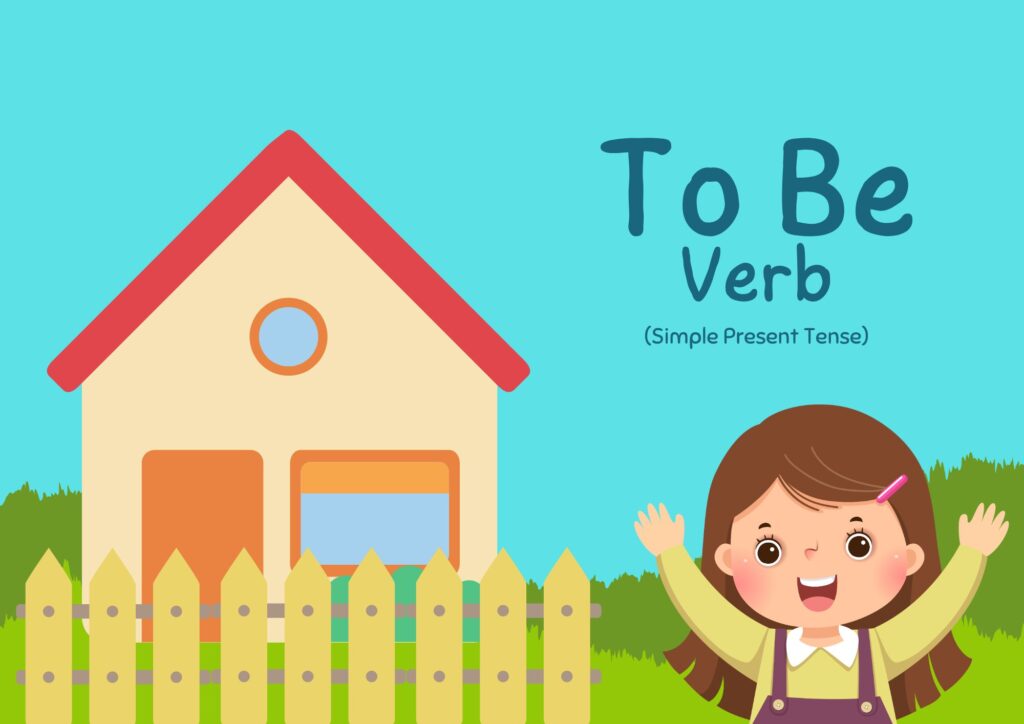Hello, EnglishUs learners! Welcome back to our blog. Today, we’re going to talk about a special kind of adjective: descriptive adjectives. Descriptive adjectives are words that help us describe nouns, making our sentences more vivid and interesting. In this article, we’ll explain what descriptive adjectives are, how to use them, and provide plenty of examples to help you understand them better. Let’s dive in and bring your English to life!
What Are Descriptive Adjectives?
Descriptive adjectives are words that describe the qualities or states of being of nouns. They provide more details about a noun’s size, color, shape, taste, smell, texture, appearance, and more. By using descriptive adjectives, you can create a clearer picture in the reader’s or listener’s mind.
Examples of Descriptive Adjectives
- Size: big, small, tiny, huge
1- Example: The elephant is big.
2- Example: She has a tiny puppy.
- Color: red, blue, green, yellow
1- Example: He wore a red shirt.
2- Example: The sky is blue.
- Shape: round, square, flat, oval
1- Example: We sat at a round table.
2- Example: She drew a square
- Taste: sweet, sour, salty, bitter
1- Example: The candy is sweet.
2- Example: The lemon is sour.
- Smell: fragrant, stinky, fresh, musty
1- Example: The flowers are fragrant.
2- Example: The old house smells musty.
- Texture: smooth, rough, soft, hard
1- Example: The silk is smooth.
2- Example: The rock is hard.
- Appearance: beautiful, ugly, pretty, handsome
1- Example: She looked beautiful in her dress.
2- Example: He is a handsome man.
How to Use Descriptive Adjectives
Descriptive adjectives usually come before the noun they describe. However, they can also come after a linking verb. Let’s look at some examples.
- Adjectives Before Nouns;
1- Example: She has a fast car.
2- Example: He bought a new phone.
- Adjectives After Linking Verbs.
Linking verbs include verbs like “be,” “seem,” “become,” and “appear.” When adjectives come after these verbs, they describe the subject of the sentence.
1- Example: The sky is blue.
2- Example: He seems happy.
Using Multiple Adjectives
When you use more than one adjective to describe a noun, follow this order of adjectives in English: quantity, opinion, size, age, shape, color, origin, material, and purpose.
Example: She wore a beautiful long red silk dress.
(opinion, size, color, material)
Tips for Using Descriptive Adjectives
Here are some tips to help you use descriptive adjectives correctly:
- Be Specific: Choose adjectives that provide clear and specific descriptions. Instead of saying “nice,” say “beautiful,” “charming,” or “delightful.”
- Use a Variety: Don’t use the same adjective repeatedly. Use a variety of adjectives to keep your writing interesting.
Example: She wore a lovely dress. She has a charming smile.
- Order Matters: When using multiple adjectives, remember the order of adjectives.
Example: He owns a small old wooden house.
- Practice Regularly: The more you practice using adjectives, the more natural it will become.
Example: Describe objects around you using adjectives: “The big brown dog,” “The sweet red apple,” etc.
Common Mistakes with Descriptive Adjectives
Let’s look at some common mistakes learners make with descriptive adjectives and how to fix them.
- Mistake 1: Using Adjectives Incorrectly;
Incorrect: She has a blue beautiful dress.
Correct: She has a beautiful blue dress.
- Mistake 2: Forgetting the Linking Verb;
Incorrect: The sky blue.
Correct: The sky is blue.
- Mistake 3: Mixing Up Adjective Order;
Incorrect: He bought a wooden old chair.
Correct: He bought an old wooden chair.
- Mistake 4: Overusing Simple Adjectives.
Incorrect: She has a nice cat, nice house, and nice car.
Correct: She has a cute cat, lovely house, and beautiful car.
Descriptive adjectives are essential for making your English vivid and engaging. They help you provide more details and create a clear picture in the minds of your readers or listeners. Remember, descriptive adjectives usually come before the noun they describe, but they can also follow a linking verb.
Practice using different types of descriptive adjectives to become more comfortable with them. Keep revisiting these exercises and examples to reinforce your learning, and bring your English to life.
Stay tuned to EnglishUs for more helpful tips and lessons. Happy learning!

